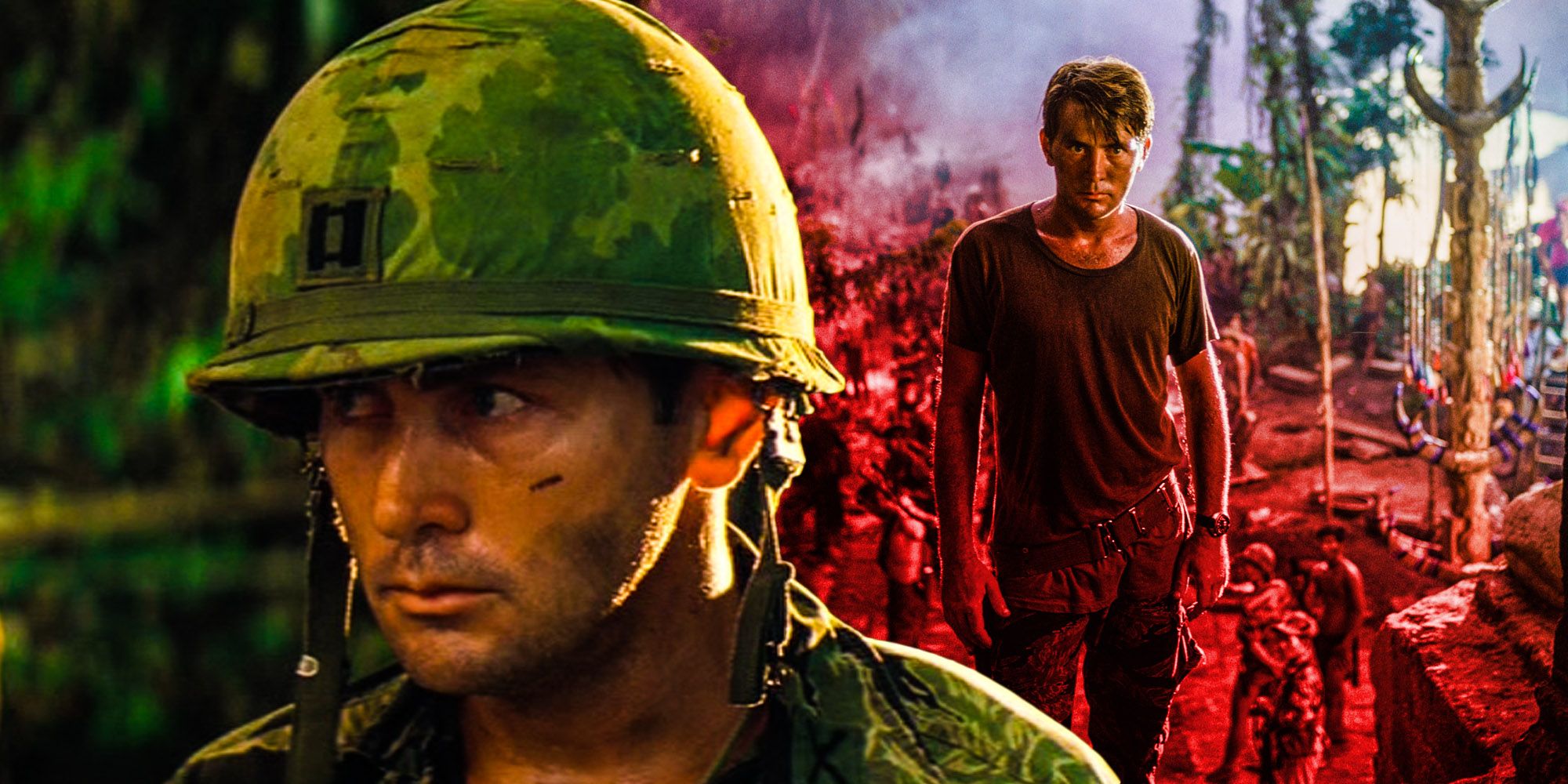
Apocalypse Now has had multiple cuts over the decades, but what are they and which one is the best? Francis Ford Coppola's Vietnam War film stands out within the genre at least partly because of the different versions that exist and the debate that has cropped up around which cut is the definitive version. Coppola has his own opinions of each cut, which can both differ from and line up with some of the more widely accepted attitudes towards each version.
In 1975 Coppola was coming off a series of massive successes. He had written and directed The Godfather and its sequel along with the film The Conversation in the early 1970s. All three movies were critically and commercially successful, and they helped to solidify the New Hollywood era that began in the late 60s after the death of the old studio system. His next project, Apocalypse Now, was a modern riff on the novel Heart of Darkness, transporting it into the waning days of America's time in Vietnam. The film follows a young army captain with PTSD who's given the assignment to venture into the jungle and assassinate a rogue American colonel who has gone insane. Written by legendary screenwriter John Milius, it was originally going to be directed by George Lucas, who chose Star Wars instead and Coppola took over as director.
Apocalypse Now was originally supposed to shoot over a five month period in 1976 but, famously, the production became a complete and utter disaster. The documentary Hearts of Darkness: A Filmmaker's Apocalypse details everything that went wrong. Five months of shooting became a year of shooting, sets were destroyed by weather, filming was interrupted by an actual civil war, and Martin Sheen had a near-fatal heart attack on set - just to name a few things. When all was said and done, Coppola had shot over a million feet of film (to put that number into perspective, a fully edited cut of a typical 2-hour movie is roughly 11,000 feet of film). Understandably it took Coppola and multiple full-time editors years to cut the footage into a presentable final product. The myriad production issues on the set of Apocalypse Now are mainly to blame for why so many cuts of the film exist.
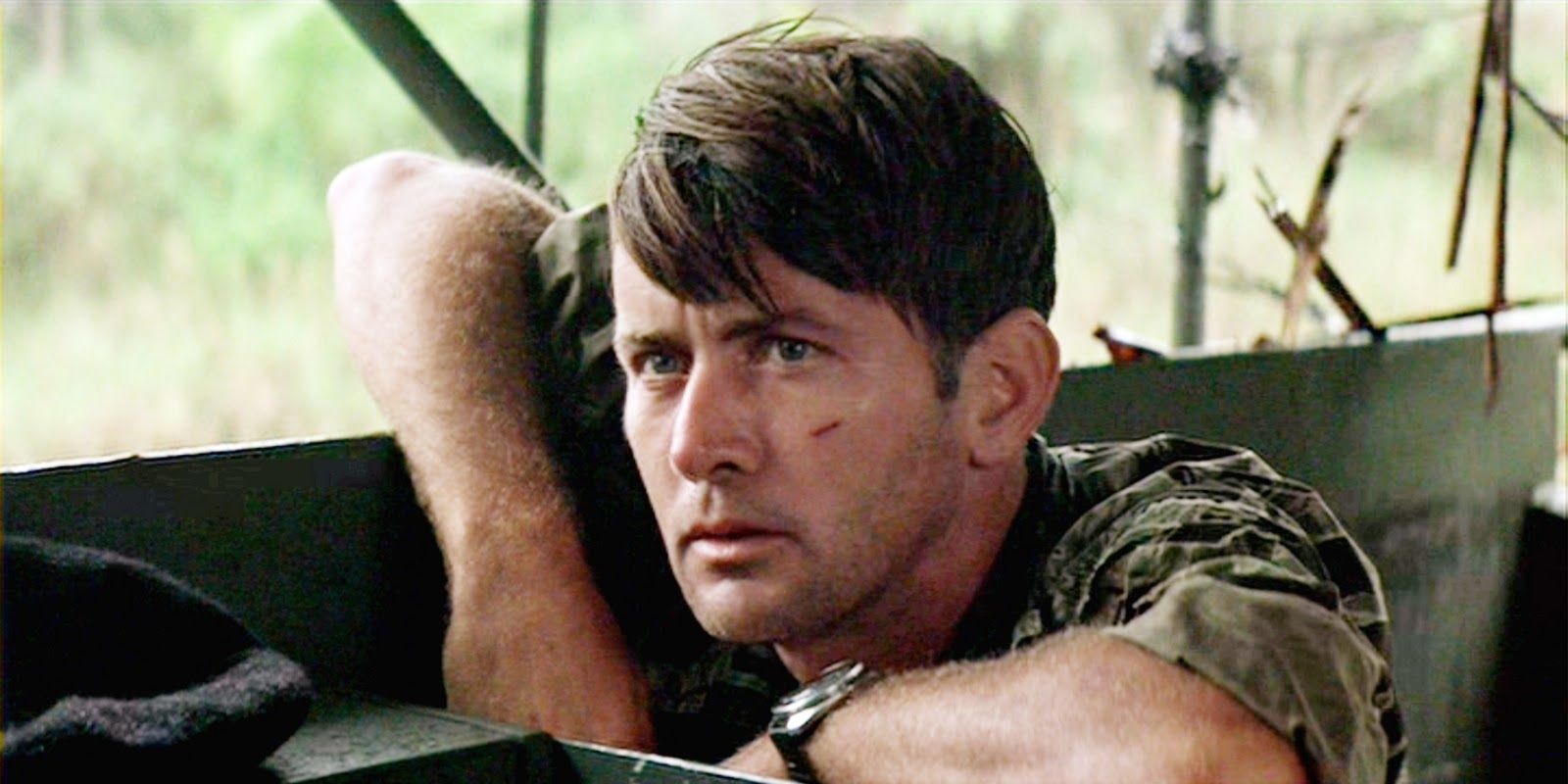
The Apocalypse Now original theatrical cut is what came out of this tortured process. There were a number of "work in progress" cuts of varying lengths shown to limited audiences and eventually a fairly long cut shown at the Cannes Film Festival that some loved and others hated. The entire production of this film became a media frenzy and many people thought it was going to be an absolute failure that would ruin Coppola's career. Despite the praise Apocalypse Now has gained in the years since its release, the theatrical cut is not the film that Coppola originally wanted to make. He had sunk so much money into the movie that he needed it to be a success, so Coppola consciously took out what he considered the weirder parts of the film to make sure it would appeal to a general audience. This line of thinking paid off. The film was a huge box office success, and has since had an enduring legacy as a modern classic. It's likely a miracle that it came out at all, and even more so that it became one of the greatest films of the 1970s.
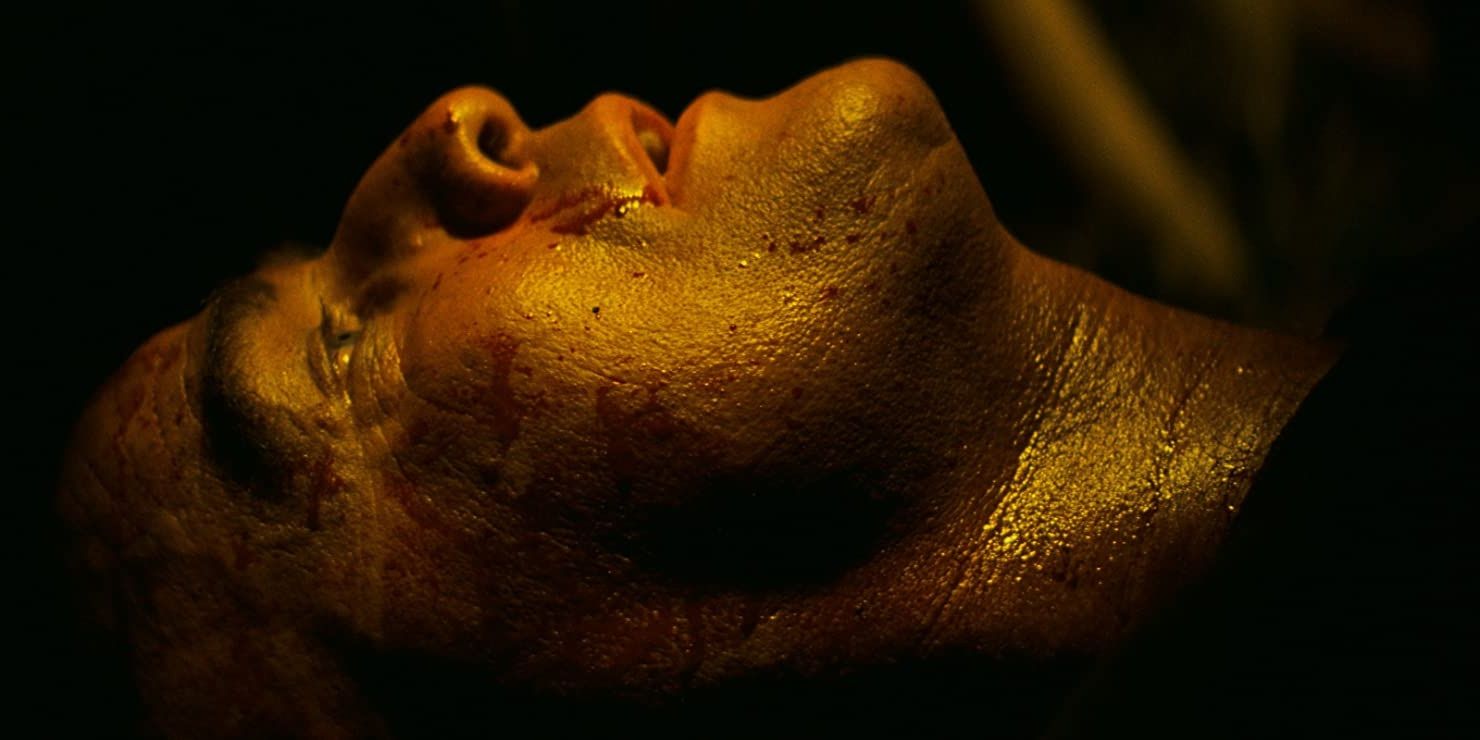
In 2001, Coppola re-edited Apocalypse Now (much the same way he's done with Godfather III) to put all the sequences he had originally cut out back into it. He titled the new cut Apocalypse Now Redux and it was a whopping 202 minutes, as compared to the theatrical cut's 153. Coppola's new version of the film is widely considered a massive step down from the original. A film's edit can be a delicate thing, and even the smallest changes can radically alter what the movie ultimately is. Redux disrupted the original film's ecology and created a bloated, slow, and uneven film that is much worse than the one audiences were already familiar with.
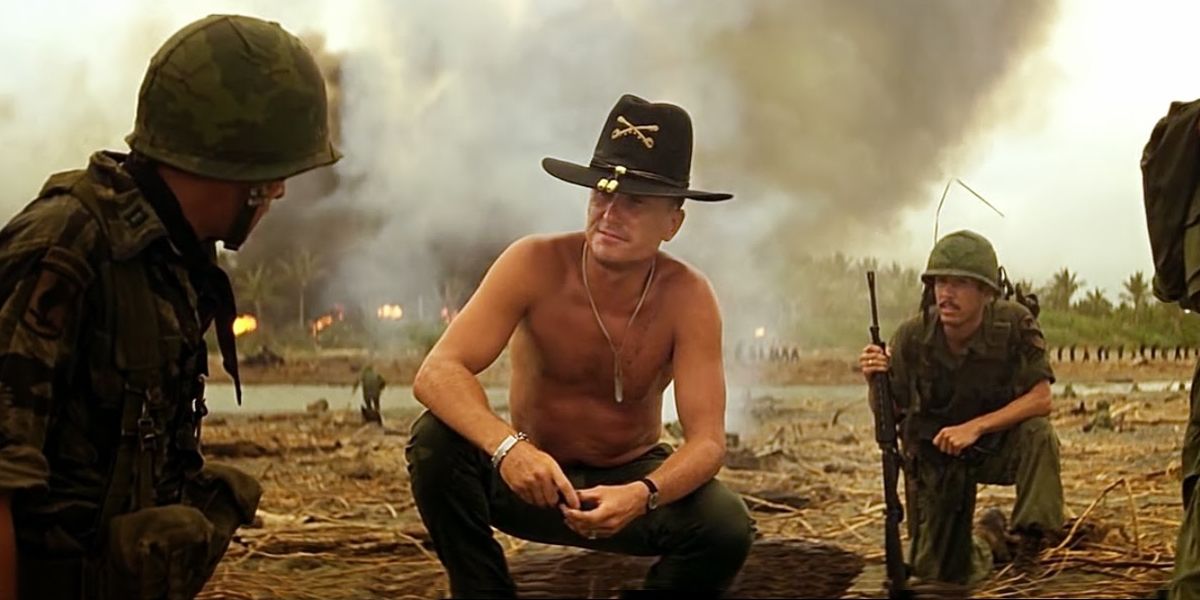
Another version of Apocalypse Now has floated around over the years: a bootleg copy of the film's first assembly cut. An assembly cut is the very first edit of a film, which features every scene that was shot and is intended only for the creative team to view before they move on to a rough cut version of the film. Apocalypse Now's assembly cut leaked for a time and was spread around on video tape. It came in at a behemoth 289 minutes long and included material not featured in any other cut of the film.
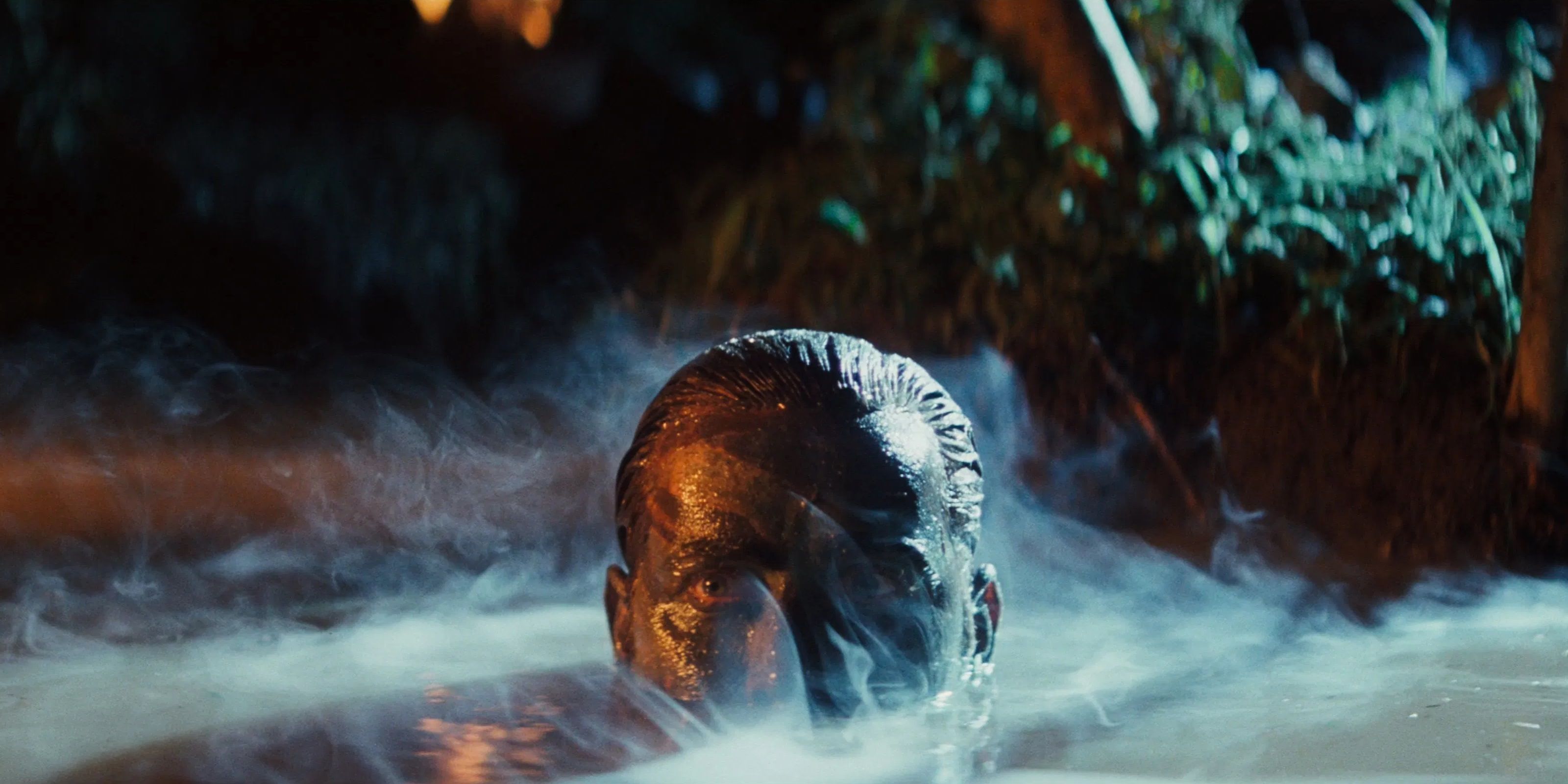
For the 40th anniversary of the film, Coppola decided not only to oversee a brand-new restoration of Apocalypse Now but also to create a brand-new cut. He took in the criticisms of the Redux version and crafted a new version that trimmed back many of the added scenes or cut them out again entirely. This version, coming in at about 182 minutes long, paid much more attention to the ecology of the film and works much better than Redux. What was even more exciting about the Apocalypse Now Final Cut was that the new 4k transfer was made from the original film negative rather than the interpositive used all previous transfers of the film, so the Final Cut is definitely the best-looking of all the versions and is the one that Coppola himself is most proud of.
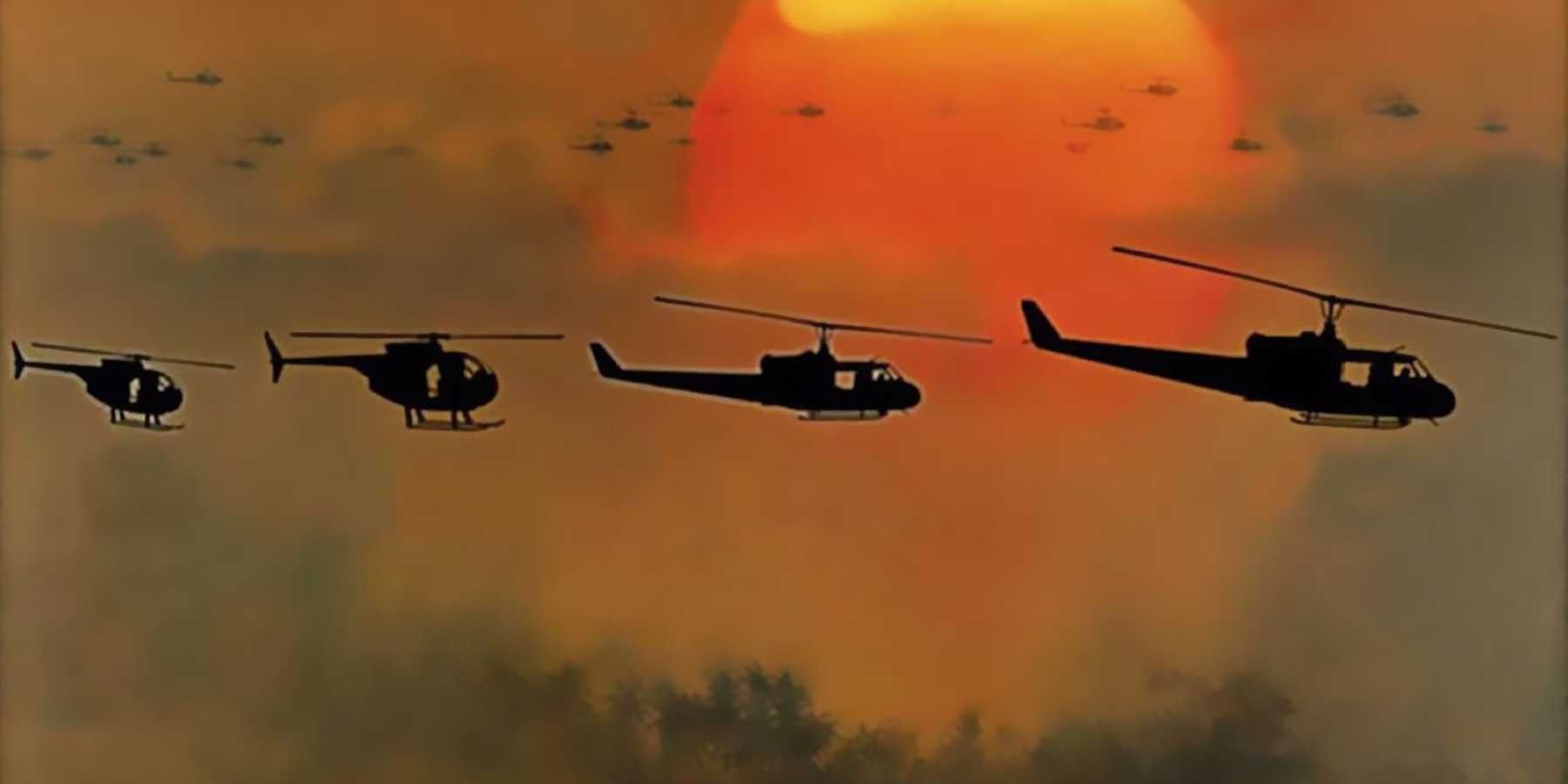
While the Apocalypse Now Final Cut is a step up from the Redux, and some consider it on the same level as the original, the first theatrical cut will always be the definitive version and is the tightest and most focused edit, though no less bizarre even with the stranger sequences cut out. That being said, Coppola's new cut is still a fascinating companion piece to the original and Coppola has made all versions of the film easily available to the public, even packaging the theatrical version and Redux together in DVD releases. Something similar may happen with the Final Cut as could new restorations of older cuts.
The theatrical cut of Apocalypse Now is the film that audiences fell in love with, and it's what became a classic piece of 1970s American cinema. The existence of the other versions shouldn't create competition as to which version is best, but rather it serves as an opportunity for audiences to see how much a film can change by taking out, putting in, and rearranging the edited sequences. The hope is that Coppola is finally satisfied with the movie, and that there's now a version of Apocalypse Now he can fully stand behind as the movie he set out to make.
from ScreenRant - Feed https://ift.tt/3wXAgZd


0 Comments